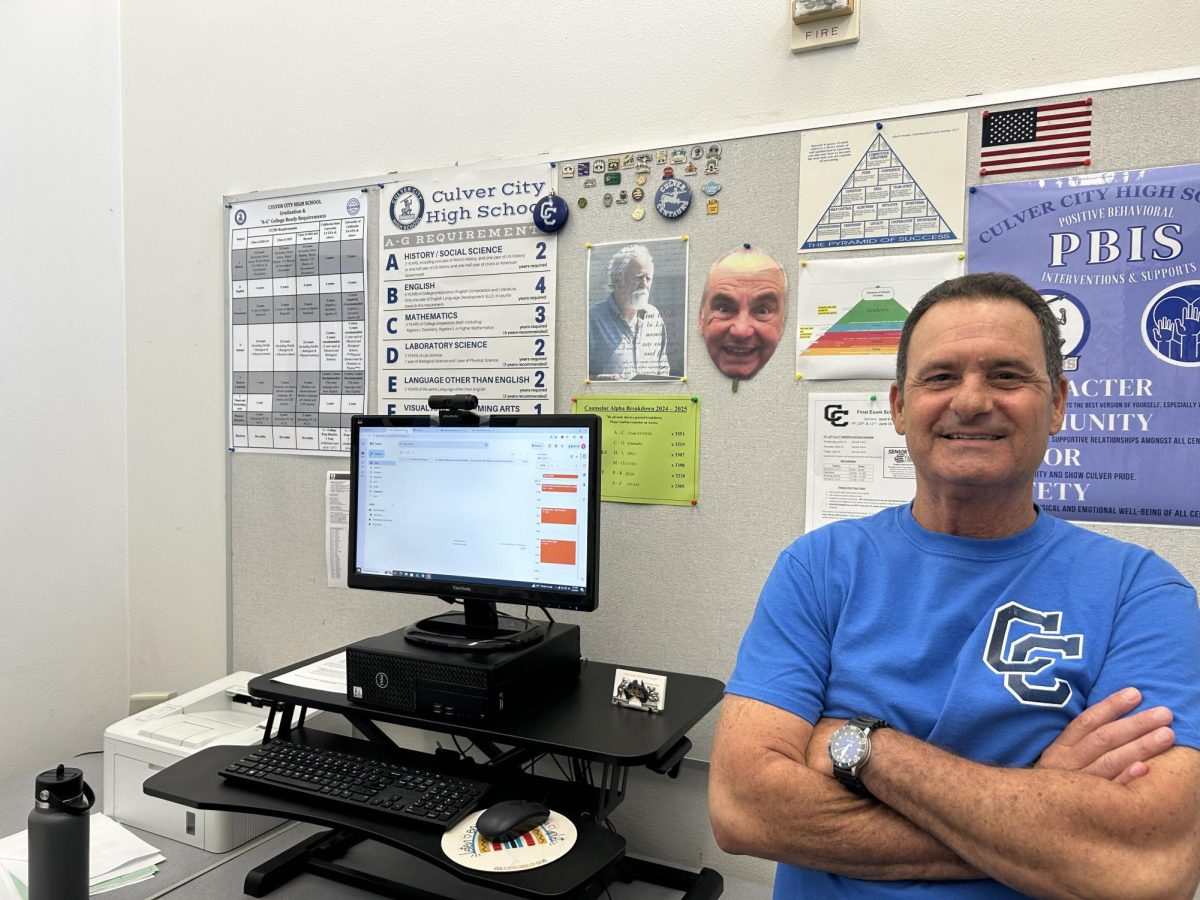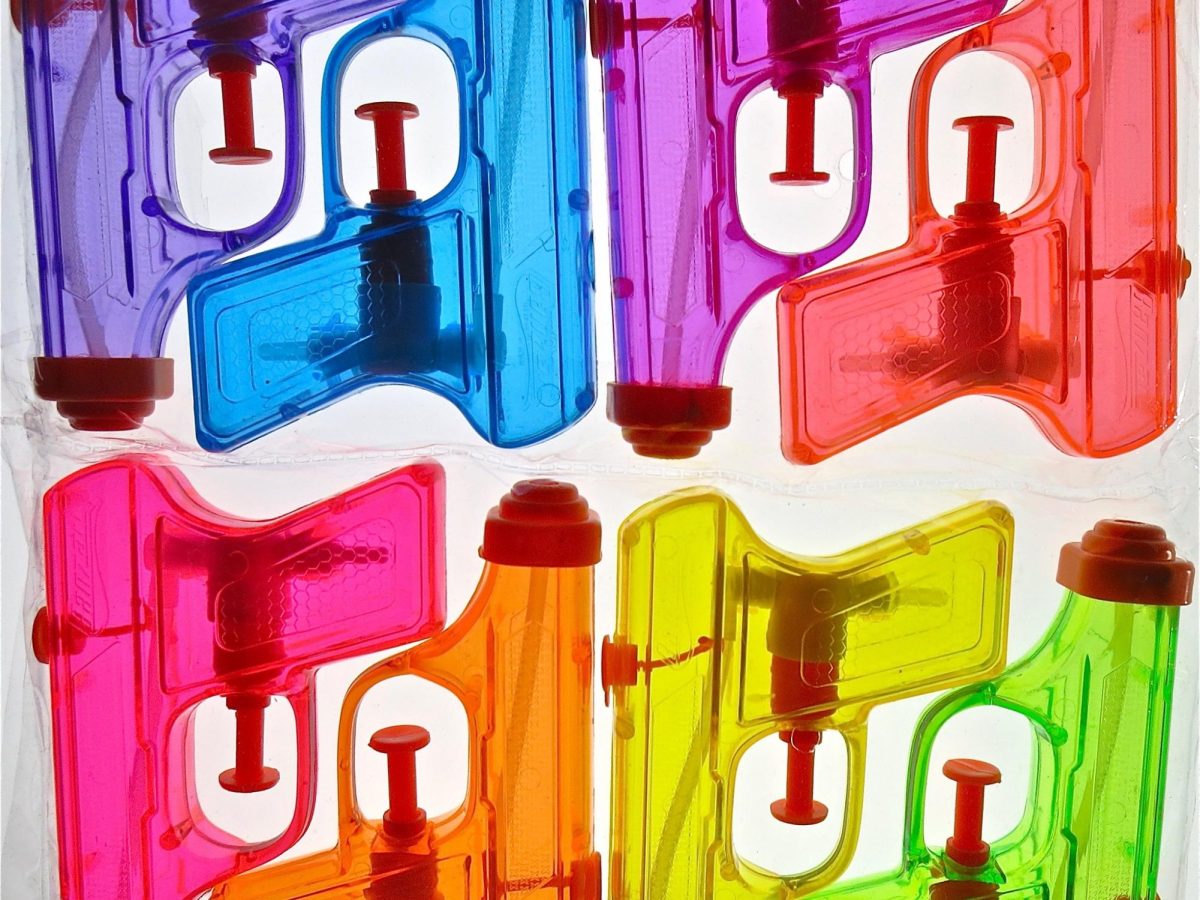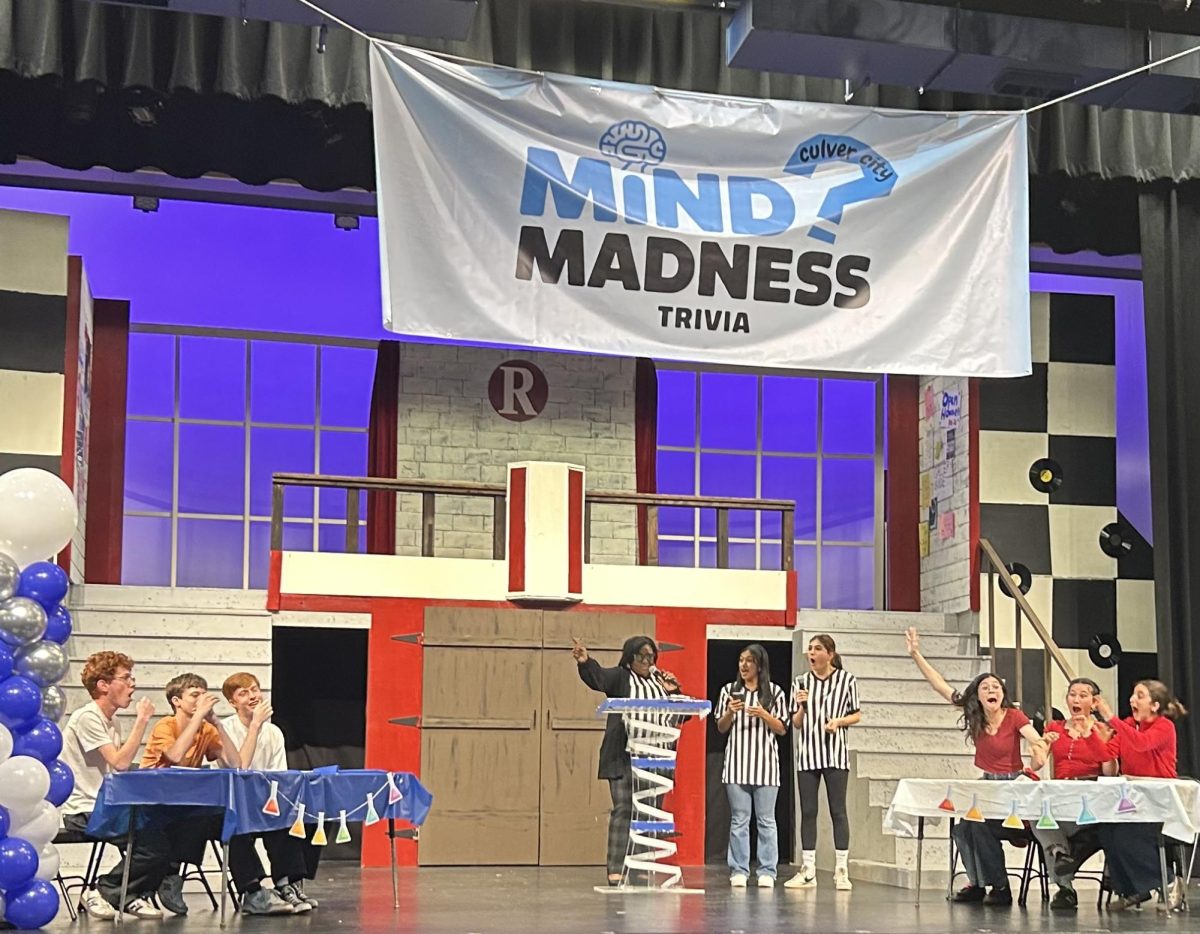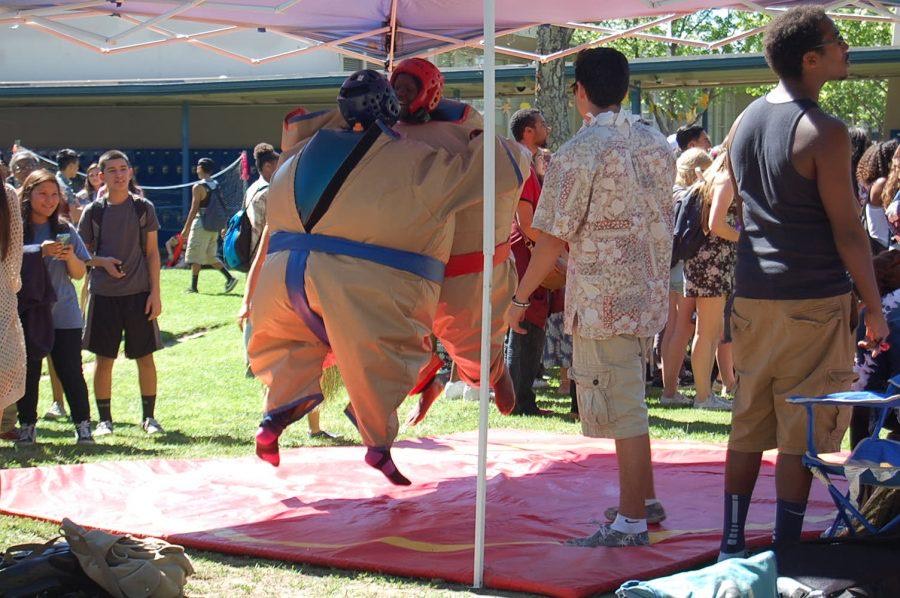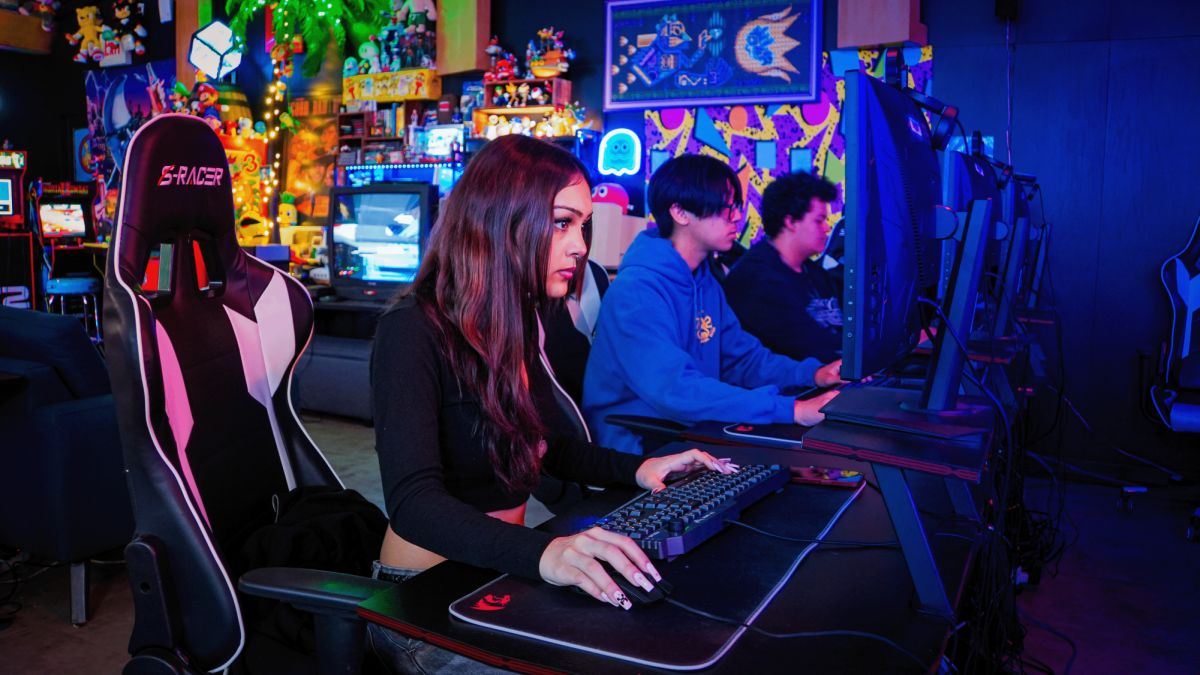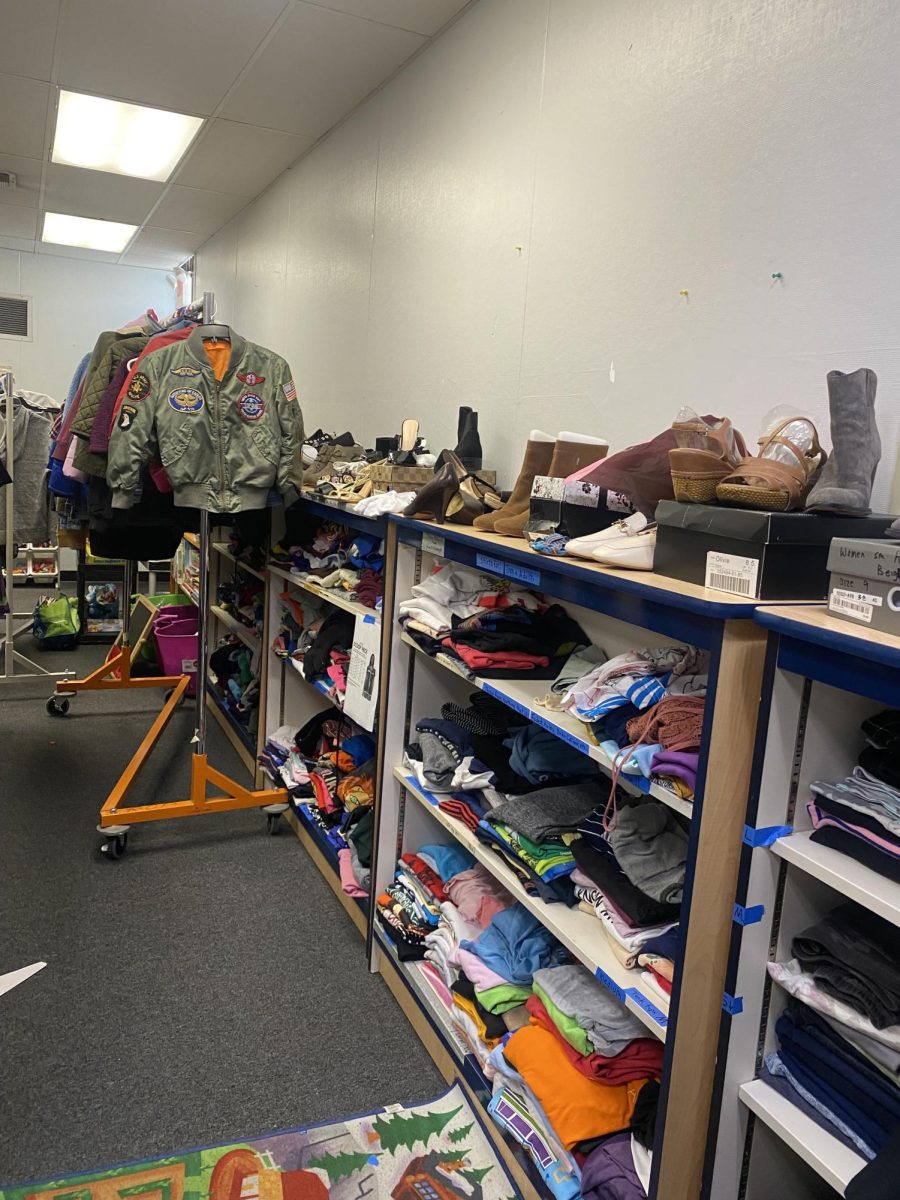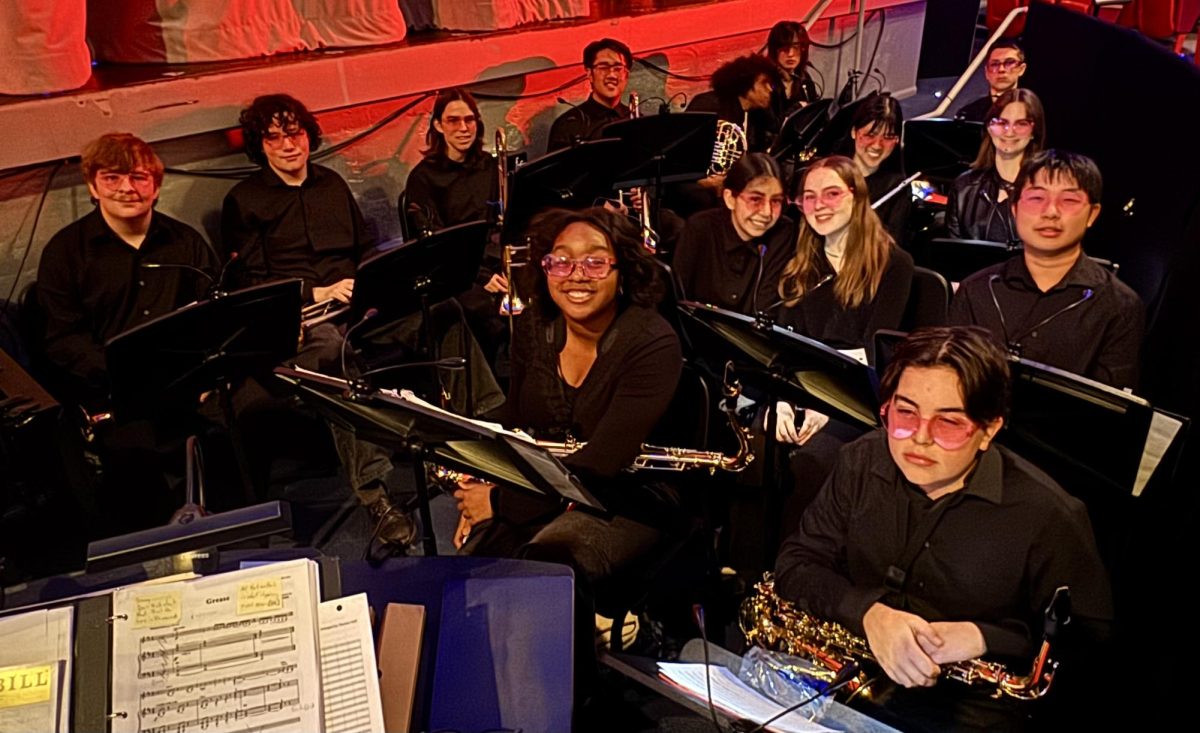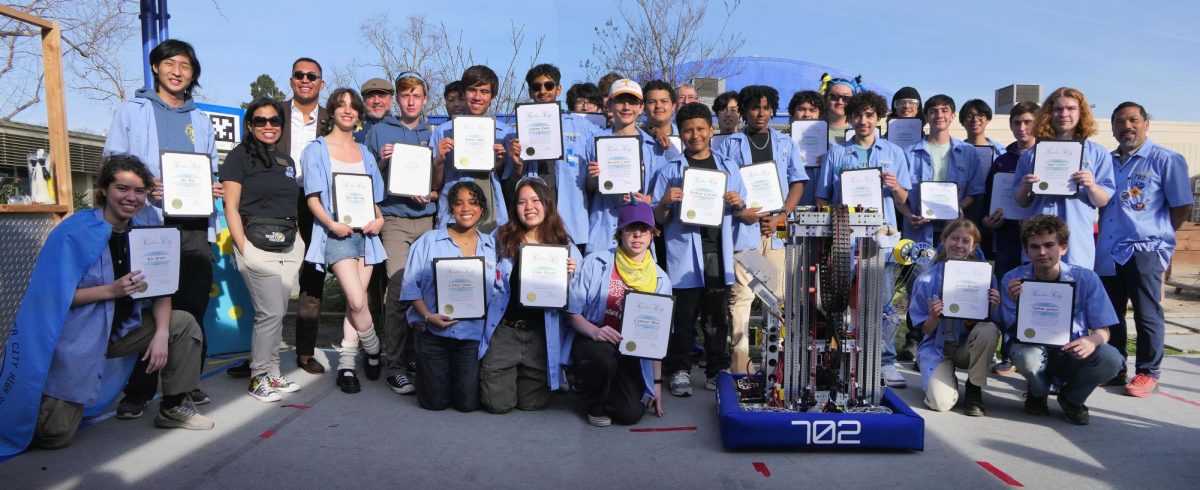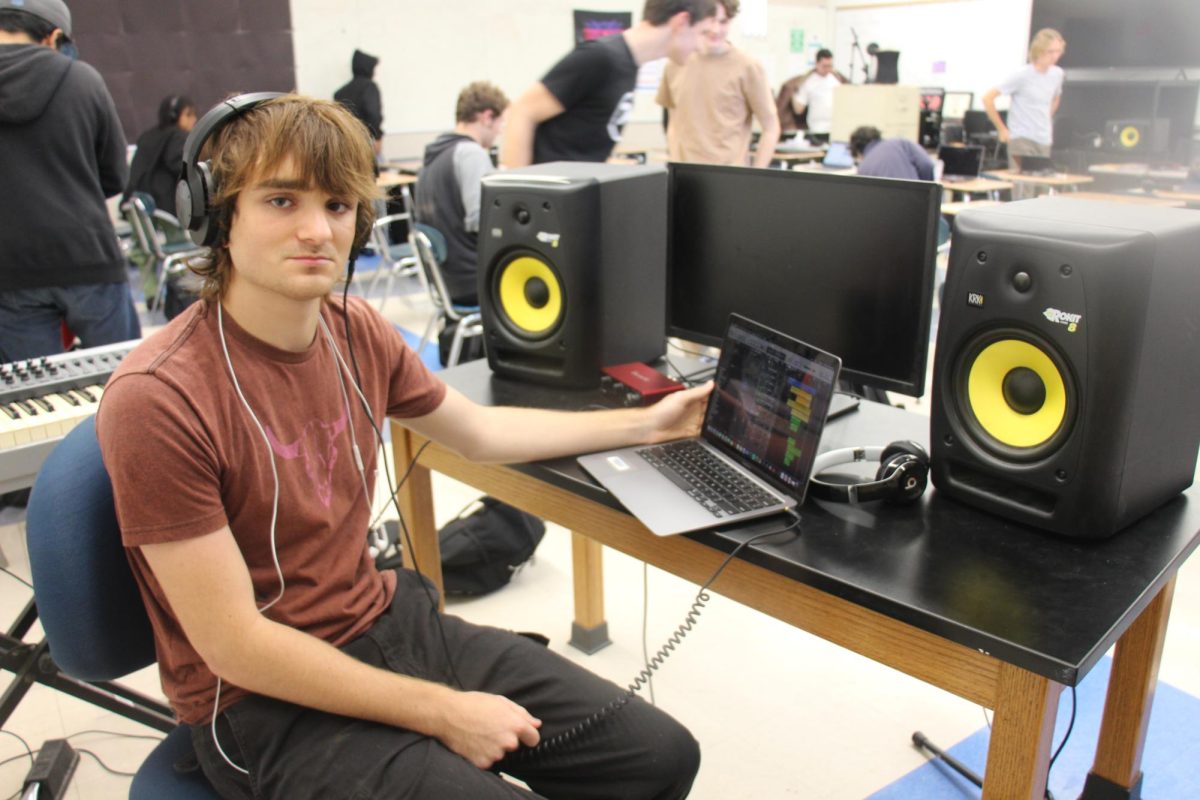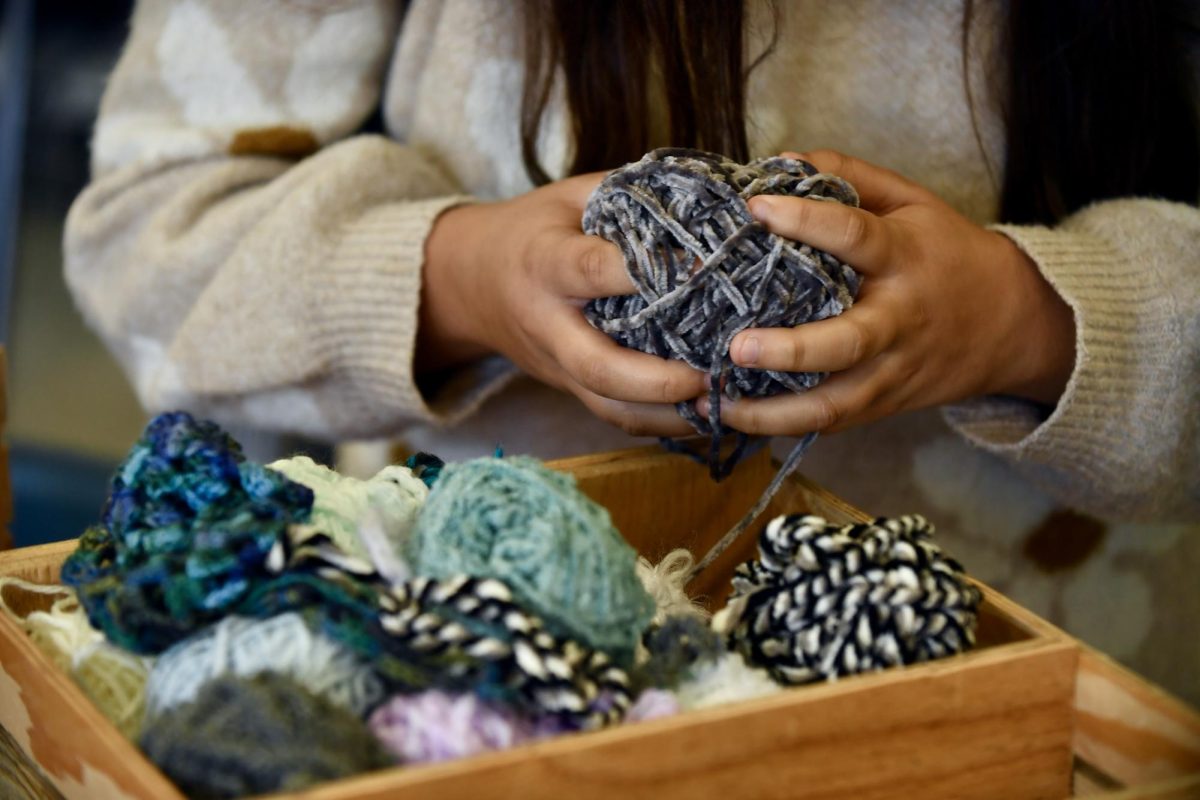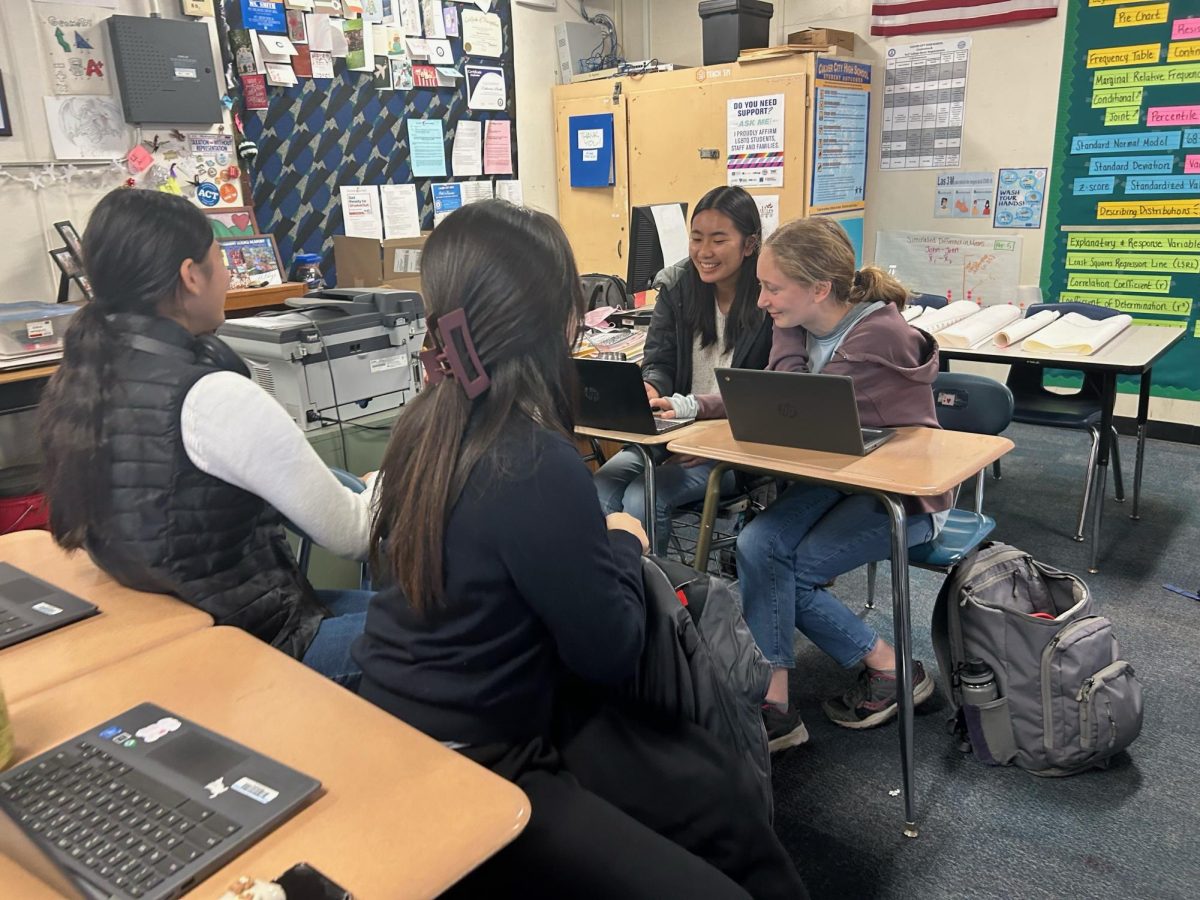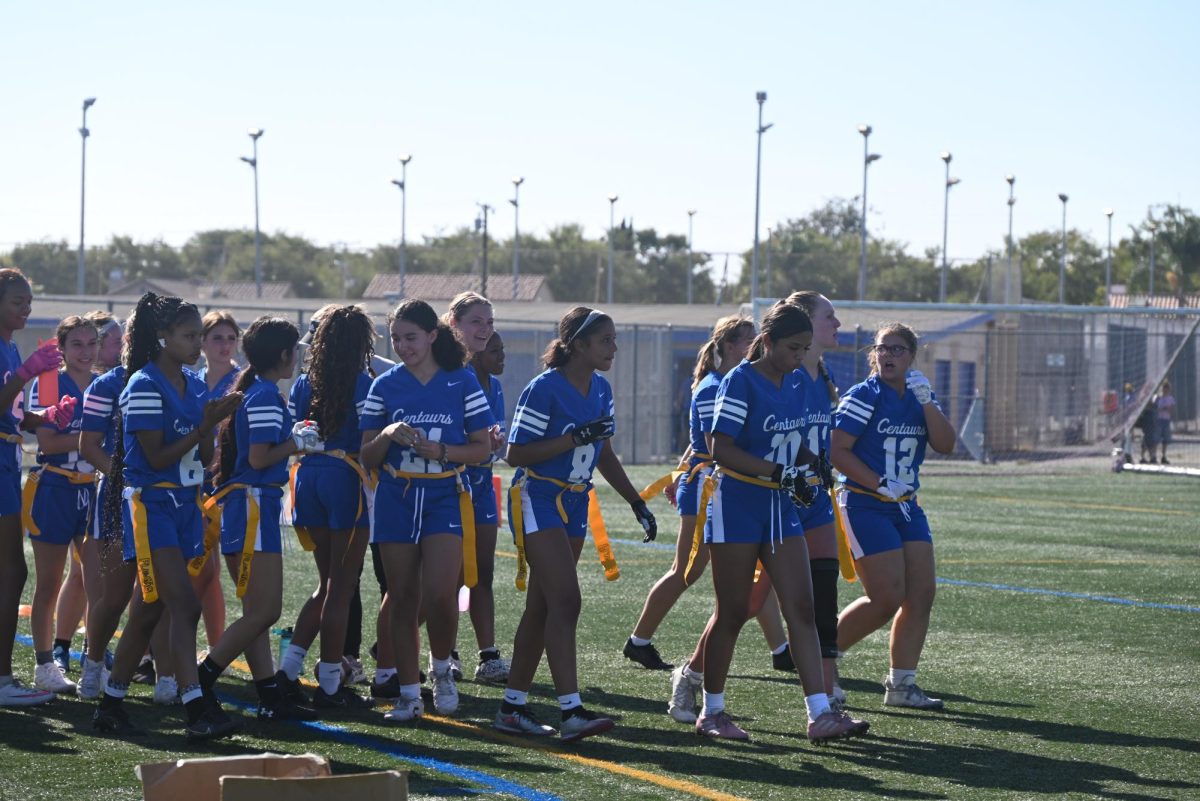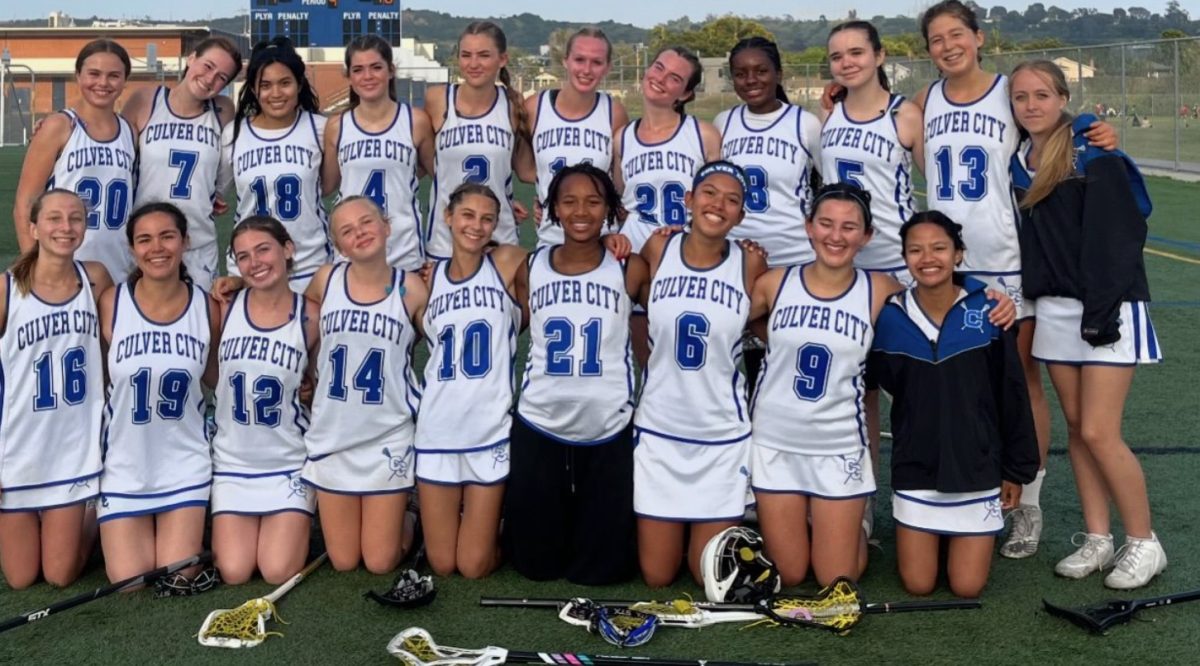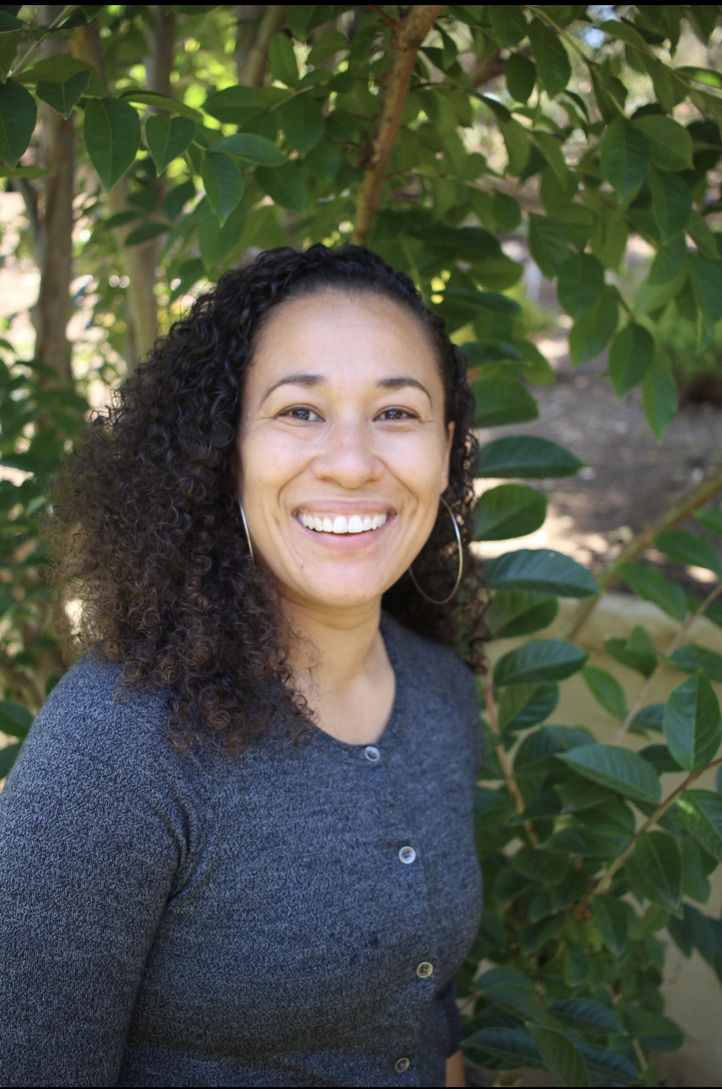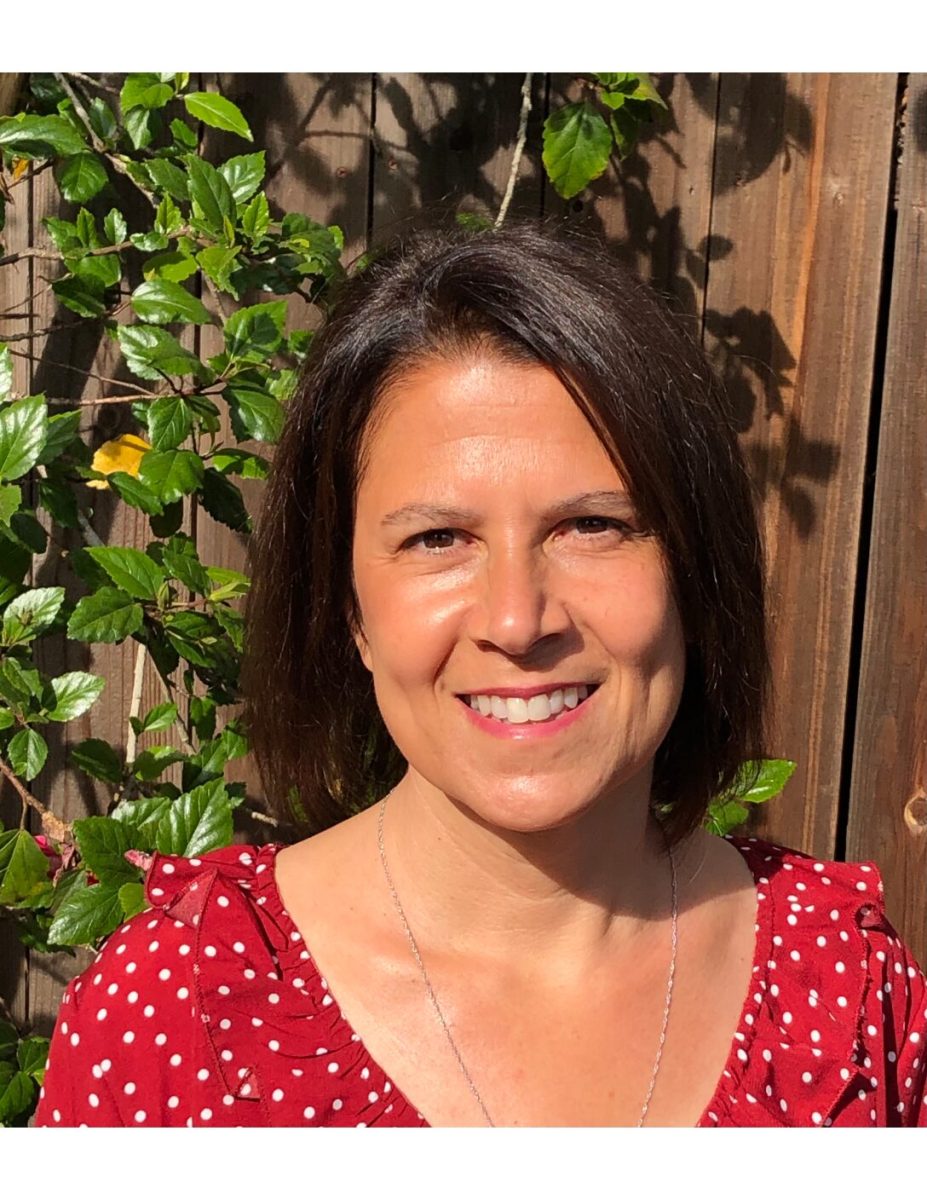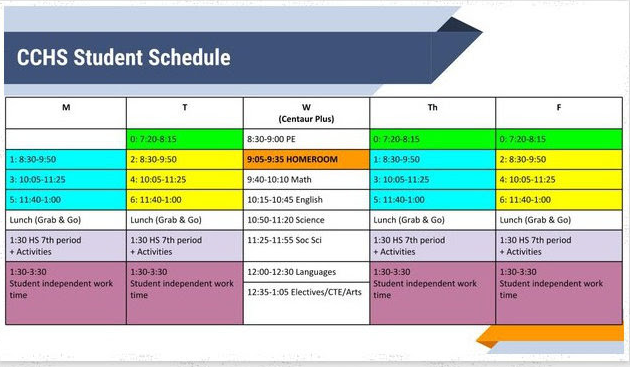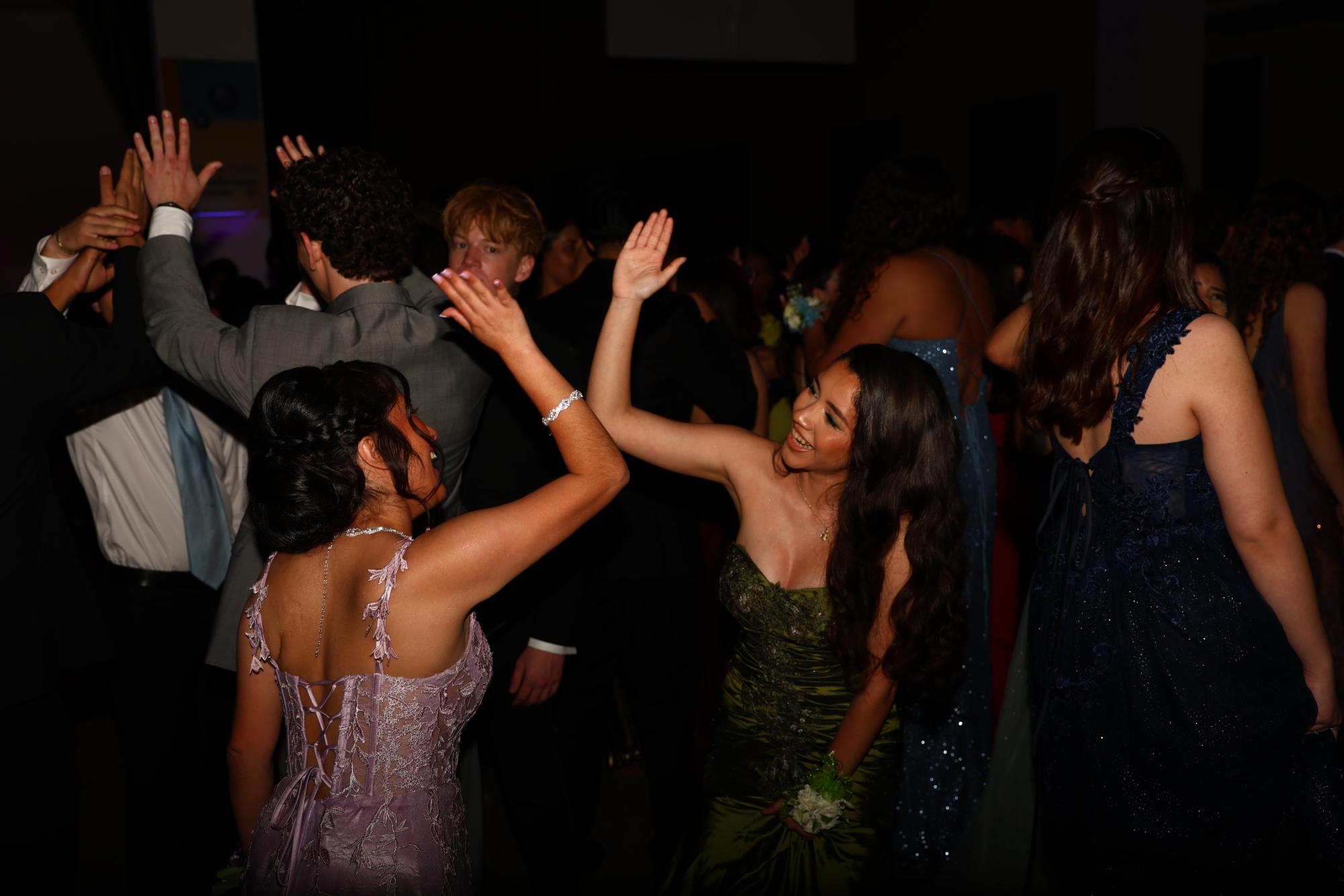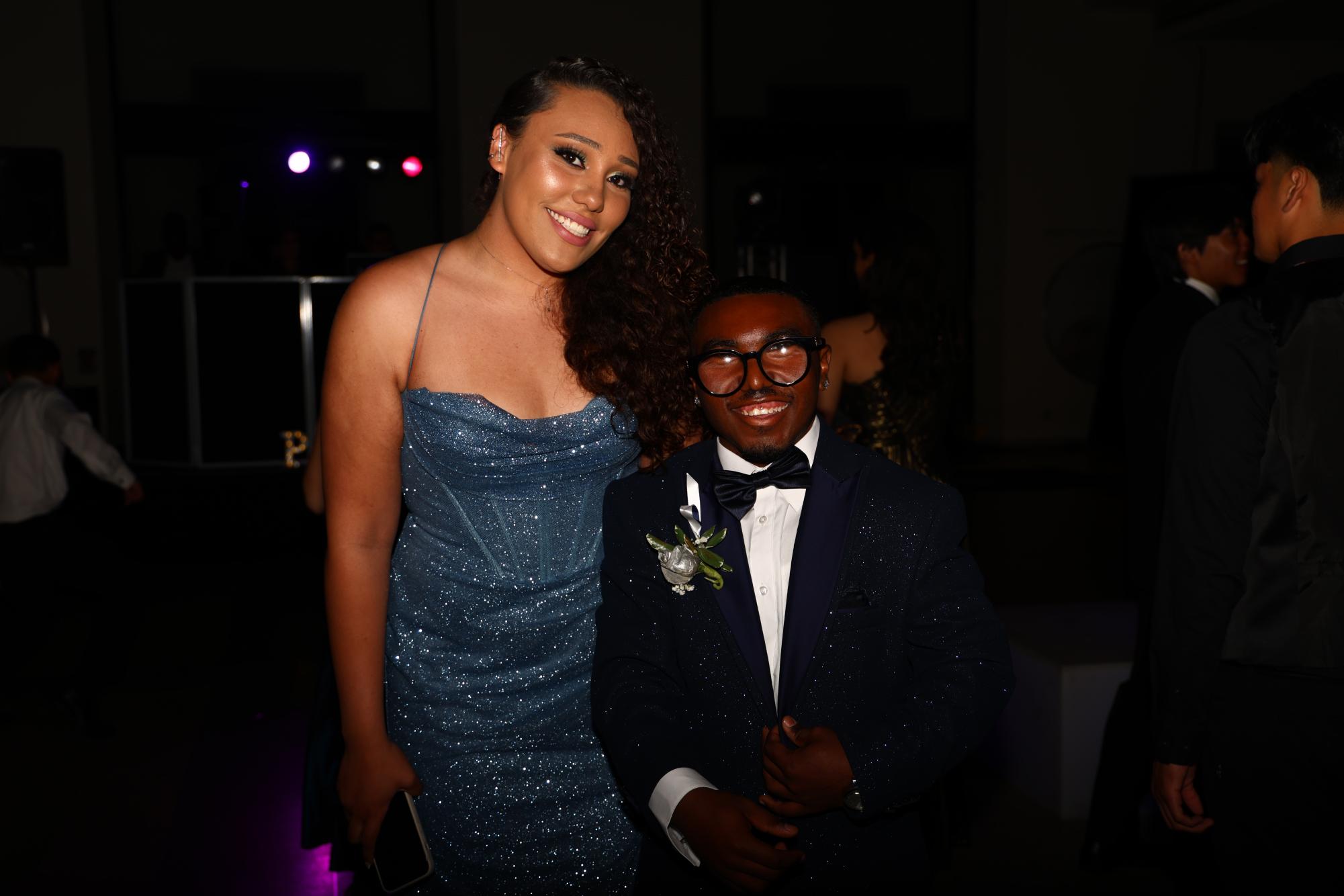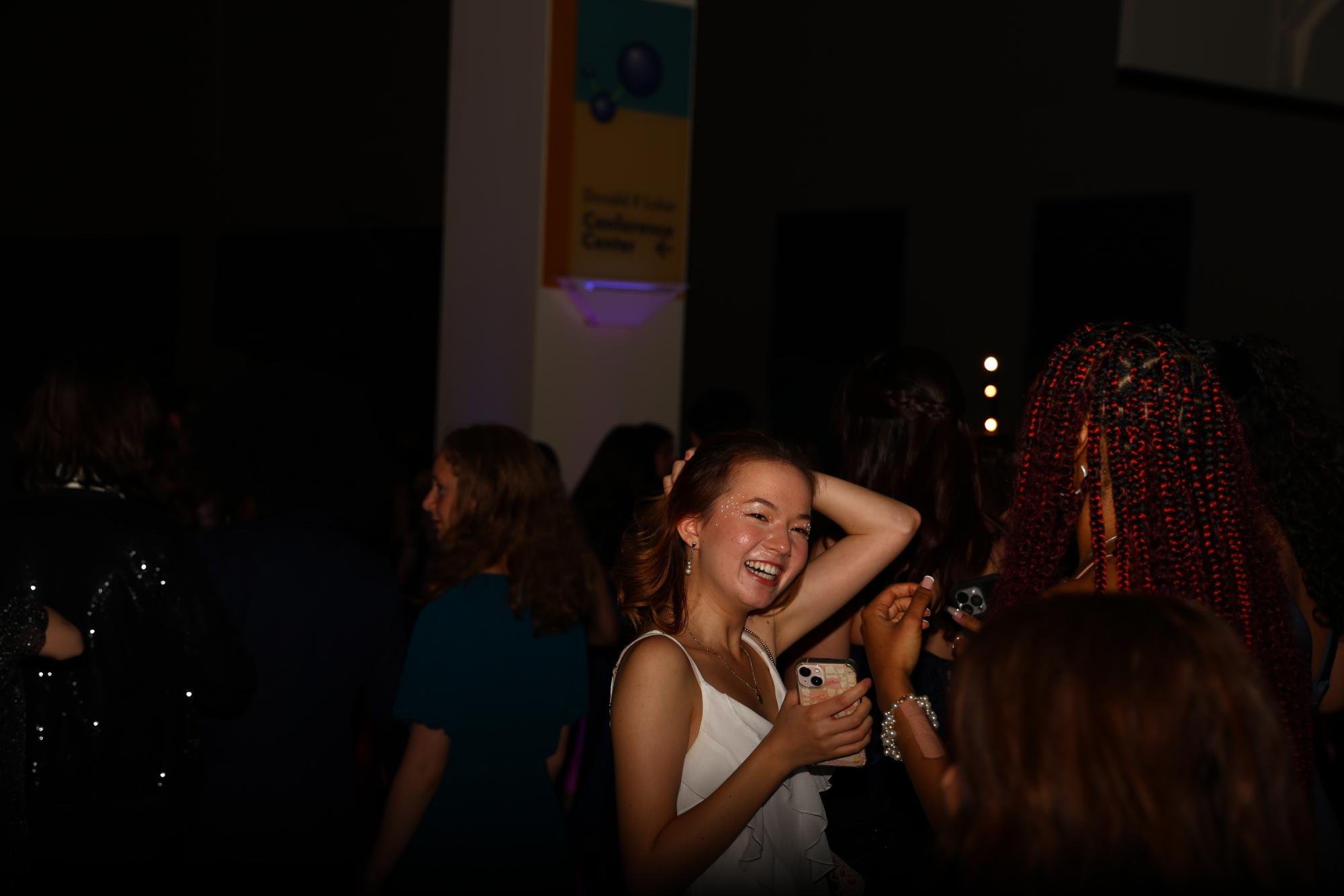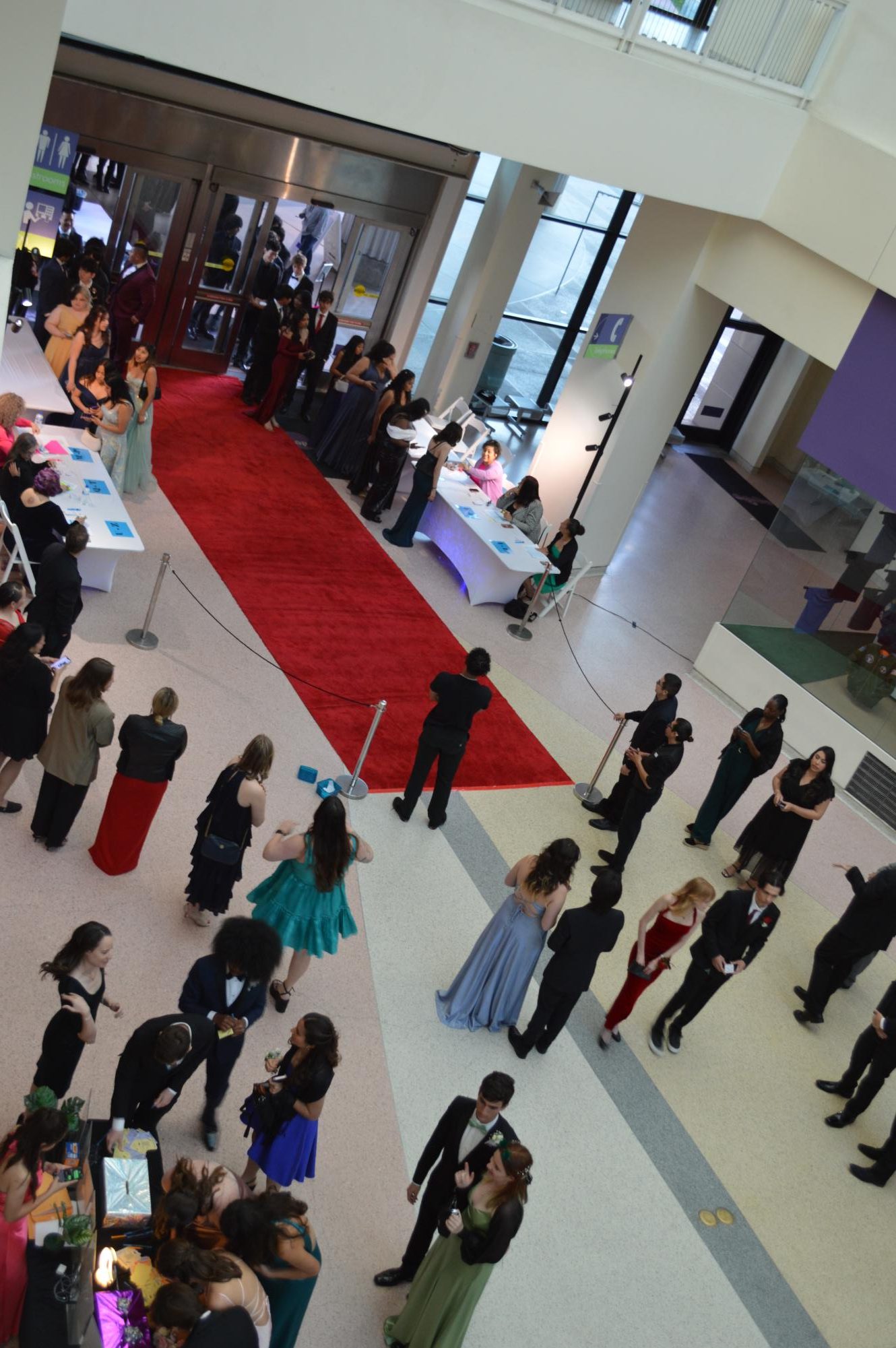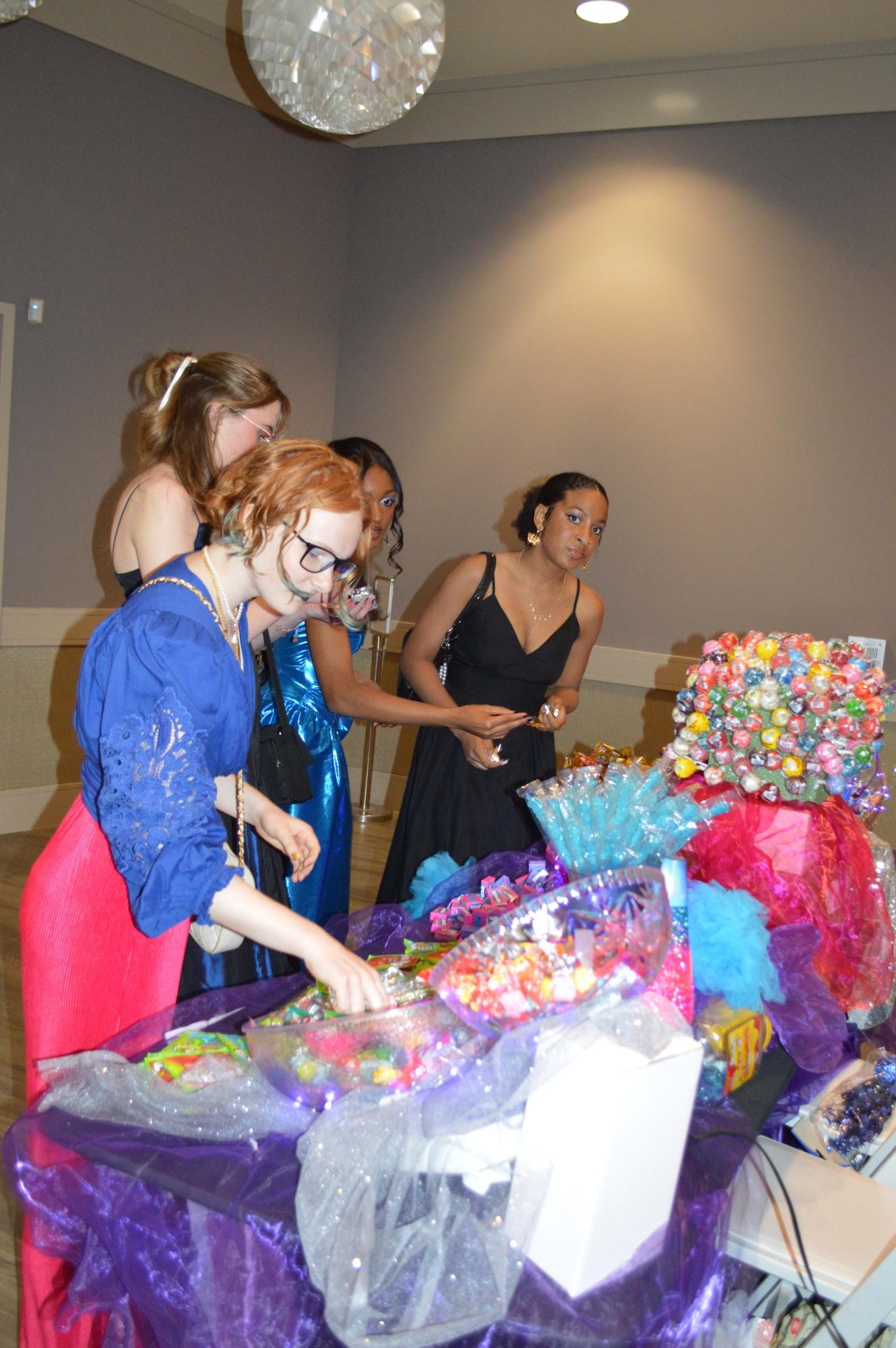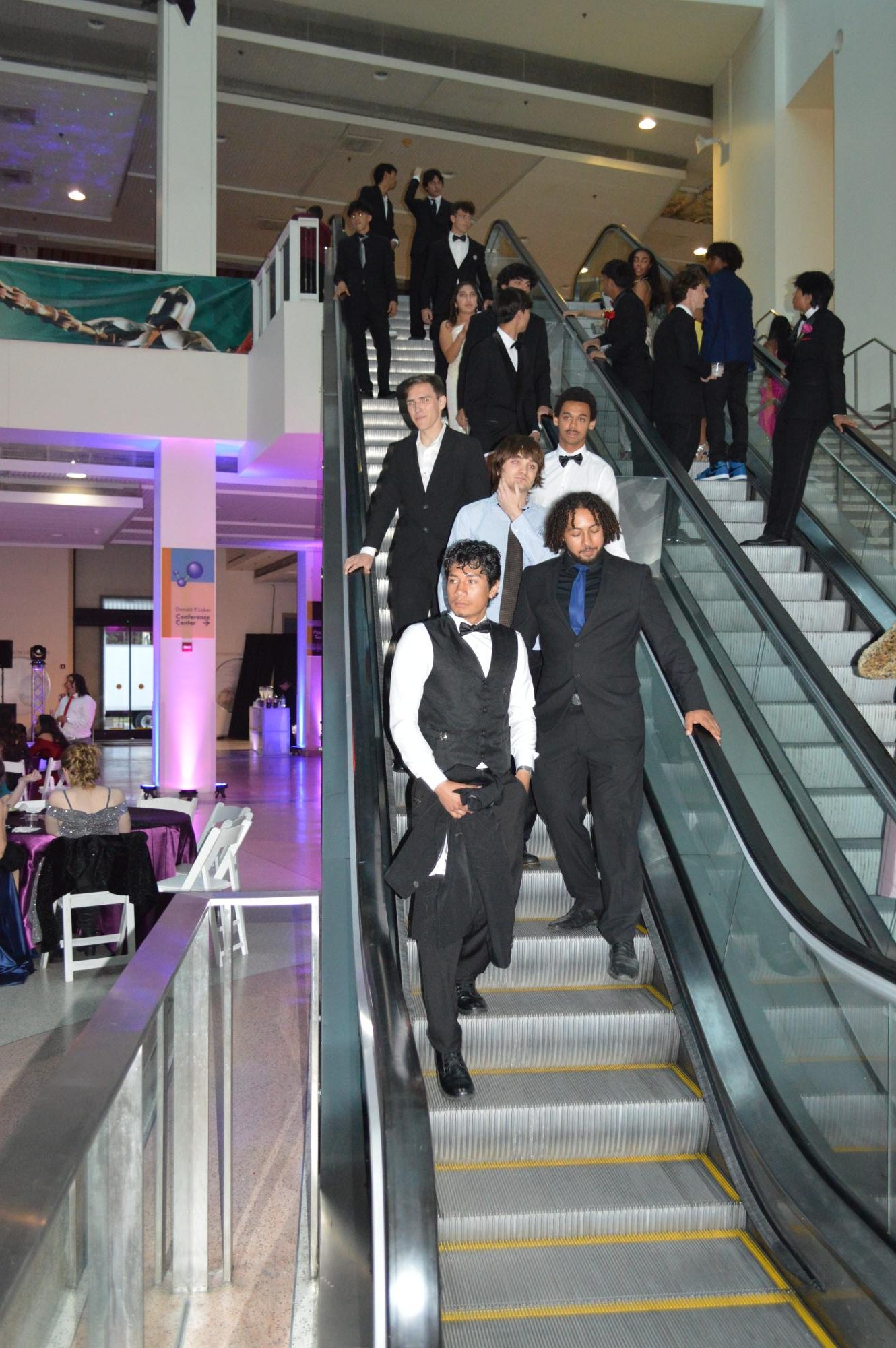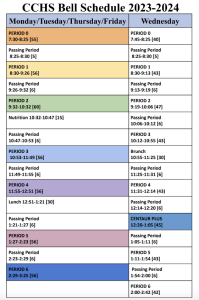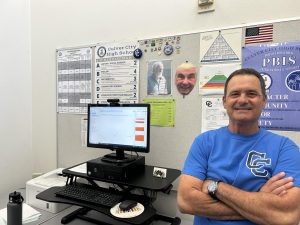CCHS’s Block Schedule vs. Stack Schedule
February 5, 2021
Since COVID-19 started spreading to southern Los Angeles in early March of 2020, Culver City Unified School District has implemented distance learning, and this distance learning has been conducted through a block schedule since the start of the 2020-2021 school year. For those who don’t know what a block schedule is, it is a schedule where students take fewer classes per day for a longer amount of time, rather than attending every class every day for less time, which is known as a stack schedule.
These days, it seems like the only thing people are talking about is when life will go back to normal and when children will go back to school. Unfortunately, progress towards returning to the status-quo has been slow, and it is possible that students may still have to spend part of their next semester online again. This article will discuss the pros and cons of our new block schedule compared to the old one, and discuss which would be better if we have to be online for the next school year.
Personally, I’ve found the block schedule makes it harder to retain information due to the 2 day gap between each time I attend a class. Doing math on Monday and not revisiting it again until Thursday, but still being expected to remember everything from last class and build on it, is not ideal to say the least. Also, it can be a lot harder to get a good explanation through email, so I and other students may have to wait 2 days before getting clarification from a teacher on something.
However, I received some contrasting views from teachers on this. “With higher level classes, it gives me more time for essays, particularly socratic seminars are less rushed. I don’t have to worry about kids not having the opportunity to speak if we have a block schedule, same with timed writing,” one CCHS language teacher said. She also thinks that students are “more focused and less time [is] wasted on transitions like warm-ups and things like that.”
While these do sound like nice benefits to our new block schedule, a CCHS history teacher gave me a different perspective.
“I find that students put off working on assignments because they think they can do it the next day,” stated the teacher regarding the two day gap between classes. “Often I have students ‘forget’ to do their work because they don’t have a daily reminder in front of them.”
“I also believe it is more difficult for students and teachers to build trust and a comradery when teachers only see students 2-3 times a week,” the teacher said. “Also the degree of cheating has definitely increased with the block schedule. Normally, I’d have my same classes all taking their test on the same day”.
In addition, I specifically made a point to ask the language teacher about the impact of kids only interacting with their 2nd language two times a week instead of five.
“I would say that for lower level classes especially, they need the daily exposure [which is] something that I like about seeing my students everyday,” the teacher said. “The level of speaking and comfort of speaking in my [level 3] class is nowhere where it usually is.” It’s easier to understand why this is; the best way to get better at a language is to use it, which students are doing less frequently.
Despite these cons, both teachers were able to agree on something. Distance learning is already a difficult situation, and despite some of its flaws, the block schedule is the best option we have in a situation that is just inherently bad.
“If it is distance learning [next semester], then I’d stick with what we have right now because I think students sitting online for 6 1 hour classes with 5 minute breaks is way too much,” the history teacher commented.
“I am very grateful for the block schedule online,” the language teacher similarly said. “Because of all the tech difficulties, I think it’s more realistic to have the students online at the same time for fewer minutes of the day. I’m really happy that the district did that because with other kids needing to be online in the household and parents, I just think it makes it more realistic.”
With both teachers giving this response, it changed my perspective about the block schedule. Even though there are many things I dislike about it, the teachers, who are interacting with and monitoring more students every day than I ever would, both think a stack schedule would be too difficult for the students. While a stack schedule would normally be better, distance learning is such an unfortunate situation that we don’t have other choices that will work at the moment.
I would like to emphasize however, that I said “at the moment.” If more students give feedback about their mental health and insight into how to make sitting at a computer less fatiguing, how the school can optimize breaks, or anything that they think will improve online school, I’m sure we can find something better. This article should not leave you to feel sad about being stuck in a bad situation, but to inspire you to use some of your CCHS ingenuity to help better our school. We can always improve as long as we don’t stop trying.
